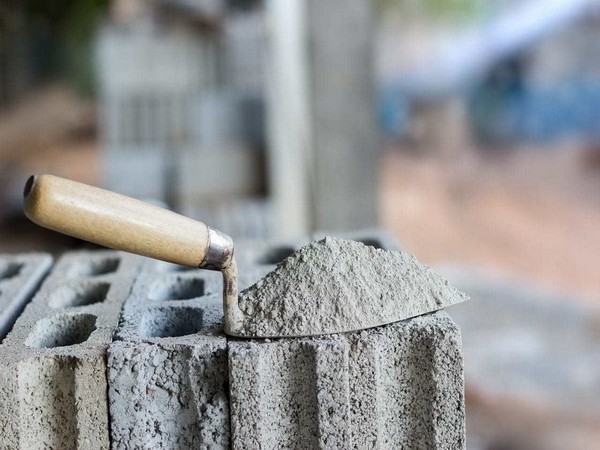Indian Cement Industry to Invest $14.3 Billion, Expand Capacity by 25% Over Four Years
Indian cement manufacturers plan to invest $14.3 billion to increase production capacity by 25% over four years, driven by rising domestic demand and government infrastructure projects. Major players like UltraTech, Ambuja, and Shree Cement will lead, funded by internal accruals. Cost efficiencies and strong financial positions will support the expansion.

- Country:
- India
Indian cement manufacturers are gearing up for a massive $14.3 billion investment over the next four years, aimed at boosting production capacity by 25%. This initiative is primarily driven by surging domestic demand, adding an estimated 160-170 million tons of cement annually. The expansion will largely rely on internal accruals, minimizing debt dependency.
The move aligns with the Indian government's ambitious infrastructure push, planning to inject $1.7 trillion into various projects by 2030. S&P Global Ratings projects a 7% CAGR in cement demand over the next four years, coinciding with these planned capacity additions.
Leading the charge are UltraTech, Ambuja, and Shree Cement, accounting for over 70% of the total capacity increase. This significant growth corresponds to an annual capex close to Rs 300 billion, more than double the average annual spending of the past decade. These companies, responsible for 70% of India's cement output, are in a solid financial position, strengthened by rising cement prices, enabling substantial debt reduction and robust cash flows.
As of March 31, top cement firms held cash and liquid investments exceeding Rs 250 billion, ensuring ample liquidity for future acquisitions and expansions. A notable example is Ambuja Cement's acquisition of Penna Cement Industries for Rs 104 billion, entirely funded through internal accruals, reflecting the sector's financial health.
Both Ambuja and Shree Cement are expected to maintain a net cash position despite high capital expenditure plans, while UltraTech aims to turn net cash positive by fiscal 2026. Cement producers plan to boost cost efficiencies via a shift in fuel mix, increased use of captive coal, and logistics optimization, potentially lowering production costs by 8-10% over the next four years.
Leading in cost optimization, UltraTech and Ambuja aim to slash production costs by Rs 500 per ton by 2028. Despite potential price reductions as new capacity comes online, these cost savings are projected to enhance profitability, leading to a 1.5-2 percentage point improvement in EBITDA margins. India's vast limestone reserves ensure secure raw material supply, further reducing production costs.
The National Infrastructure Pipeline (NIP) requires an investment of Rs 100 trillion ($1.2 trillion) across vital sectors, including roads, housing, urban infrastructure, railways, power, and irrigation, which are key consumers of cement. With demand expected to grow at a 7% CAGR, capacity utilization levels are projected to stay above 70%, even with new capacity additions. Notably, India remains the world's second-largest cement producer, with per capita consumption at 280 kilograms, still below the global average. (ANI)
(With inputs from agencies.)
ALSO READ
78th NPG Meeting Reviews Eighteen Key Road Infrastructure Projects
Vikramaditya Singh Emphasizes Quality and Transparency in Himachal Pradesh Infrastructure Projects
Odisha's Grand Welcome for PM Modi: Launch of Subhadra Yojana & Major Infrastructure Projects
North West Delegation Urges Immediate Action on Stalled Infrastructure Projects
PM Modi Launches Subhadra Yojana and Unveils Major Infrastructure Projects










